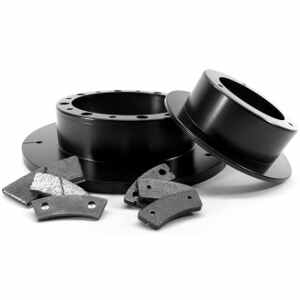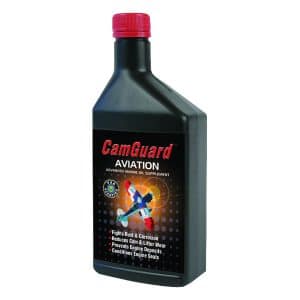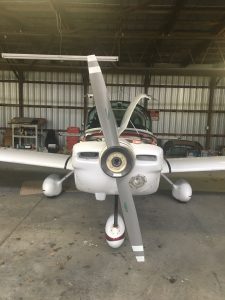Welcome to the Grumman Parts Marketplace
“We specialize in high-quality aircraft parts and accessories for all major Grumman aircraft models, including avionics, autopilots, lighting, airframe components, braking systems, and interior parts. Our platform supports pilots, mechanics, and enthusiasts with vetted suppliers and community resources.”
Thank you for choosing Grumman Parts Marketplace!
-

2 Axis Autopilots by Trio (9)
-

Airframe (106)
-

Avionics (35)
-

Batteries (12)
-

Braking System (19)
-

Decals, Logos, Placards N-numbers (20)
-

Engine Oil (19)
-

Firewall Forward (124)
-

Fuel System (15)
-

Ground Handling (1)
-

Grumman Exhaust Systems (3)
-

Hardware (8)
-
Instrumentation (15)
-
Interior Replacement Parts for AA1-AG5B Grumman Aircraft (38)
-
Lighting (25)
-
Lubricants (18)
-

New Products Added (5)
-
O320-E2G Engine Parts (5)
-
Pilot Supplies (4)
-
Propeller Group (9)
-
Sun Shields (1)
-
Tools (5)
-

Uncategorized (5)
-

Wheels, Tires, and Inner Tubes (25)
-
Windshields & Windows (14)









